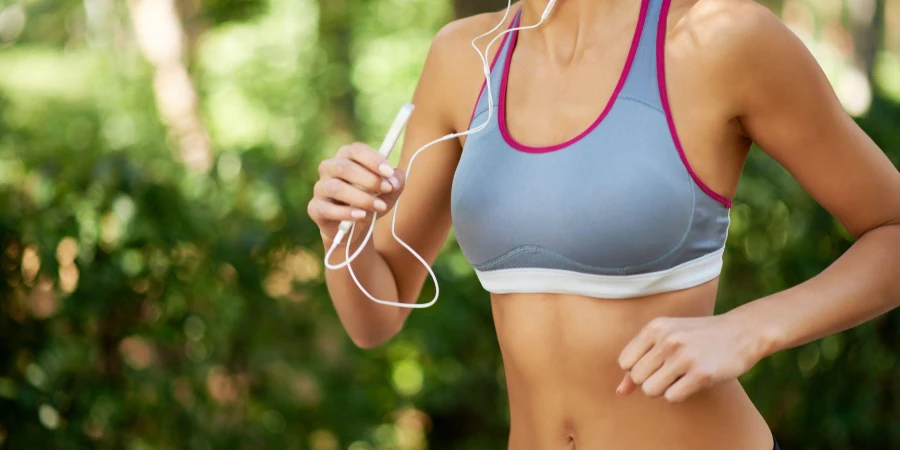The quest for the perfect sports bra can often feel like a journey through a maze, filled with endless options and confusing advice. However, understanding the intricacies of what makes a sports bra not just good, but great, can transform your exercise routine and comfort levels significantly. This article aims to demystify the world of sports bras by exploring the five key aspects that users care most about: support, material, fit, design, and care instructions. By delving into these topics, we’ll provide you with the knowledge to make informed choices about what to wear for your next workout.
Table of Contents:
– Understanding support in sports bras
– The importance of material and technology
– Finding the perfect fit
– Navigating through designs and styles
– Caring for your sports bra
Understanding support in sports bras
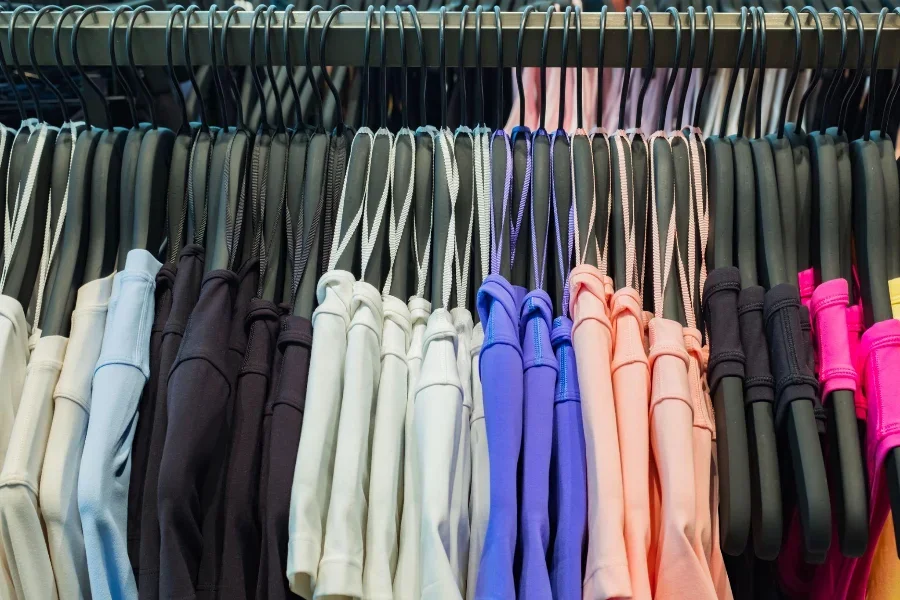
When it comes to sports bras, support is not just a feature; it’s a necessity. The right level of support can make the difference between a focused workout and a painful experience. Sports bras are designed to reduce movement caused by exercise, which in turn minimizes discomfort and potential damage to breast tissue. It’s vital to understand that the level of support needed varies according to the type of activity. Low-impact activities like yoga require less support than high-impact activities like running or crossfit.
The science behind support in sports bras is fascinating. Engineers and designers work together to create structures within the bra that distribute the weight and movement across the chest, reducing strain on any single point. This is often achieved through features like underbands, which provide a firm foundation, and specialized cup designs that encapsulate each breast to reduce movement.
Moreover, the evolution of sports bra technology has led to the development of innovative materials and designs that offer dynamic support, adapting to the movement of the wearer. This means that the sports bra can provide more support during high-impact movements and relax during lower intensity activities, ensuring comfort without compromising on protection.
The importance of material and technology
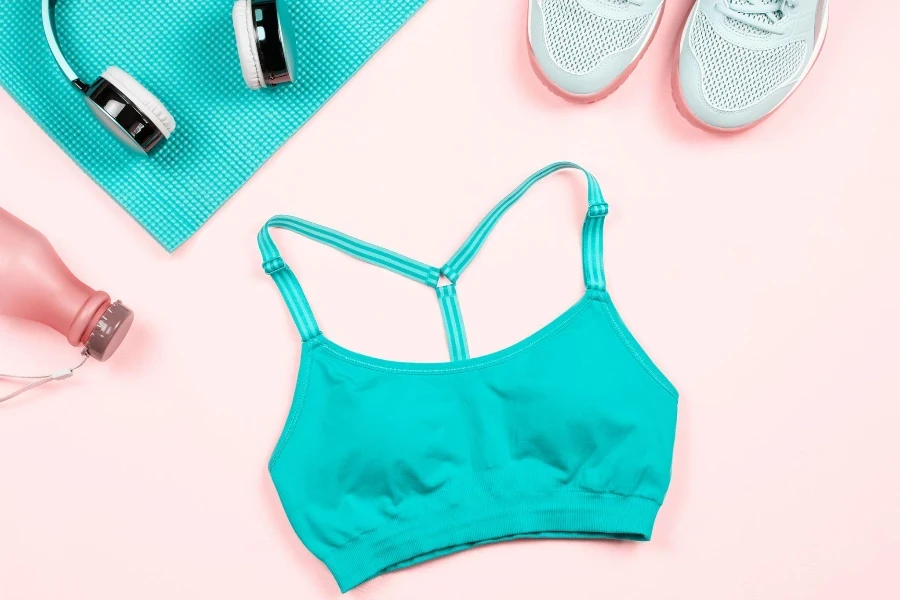
The material of a sports bra is as crucial as its design. The right fabric can wick away sweat, keeping you dry and comfortable, while also offering stretch and support. Modern sports bras utilize a blend of materials like polyester, nylon, spandex, and elastane to achieve these goals. Each material brings its own benefits, such as moisture-wicking properties, breathability, and flexibility.
Advancements in textile technology have also played a significant role in enhancing the performance of sports bras. Features like antimicrobial treatments prevent the growth of bacteria, keeping the bra fresher for longer. Similarly, the integration of mesh panels increases breathability, which is essential for maintaining comfort during intense workouts.
Understanding the technology behind the material of your sports bra can also guide you in choosing the right one for your needs. For instance, compression fabrics are ideal for high-impact activities as they reduce movement, whereas softer, more flexible fabrics might be the go-to for low-impact exercises where comfort is the priority.
Finding the perfect fit
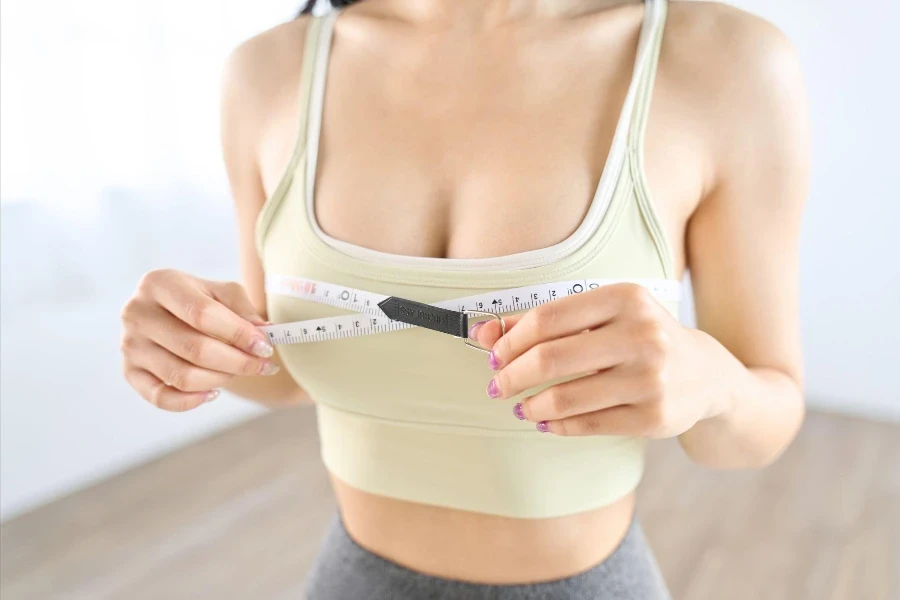
The fit of a sports bra is paramount to its effectiveness. A bra that’s too tight can restrict movement and breathing, while one that’s too loose won’t provide the necessary support. Finding the perfect fit involves more than just knowing your size; it’s about understanding how a sports bra should feel on your body.
To ensure a good fit, start by getting measured or following the brand’s sizing guide carefully. Pay attention to how the bra feels around the underband—it should be snug but not constricting, laying flat against your body without digging in. The straps should offer support without causing discomfort on your shoulders, and the cups should encase your breasts without any overflow or gaping.
Trying on different styles and brands is also crucial, as each may fit slightly differently. Don’t hesitate to move around while trying on a sports bra, mimicking the movements of your workout to ensure it stays in place and offers consistent support.
Navigating through designs and styles
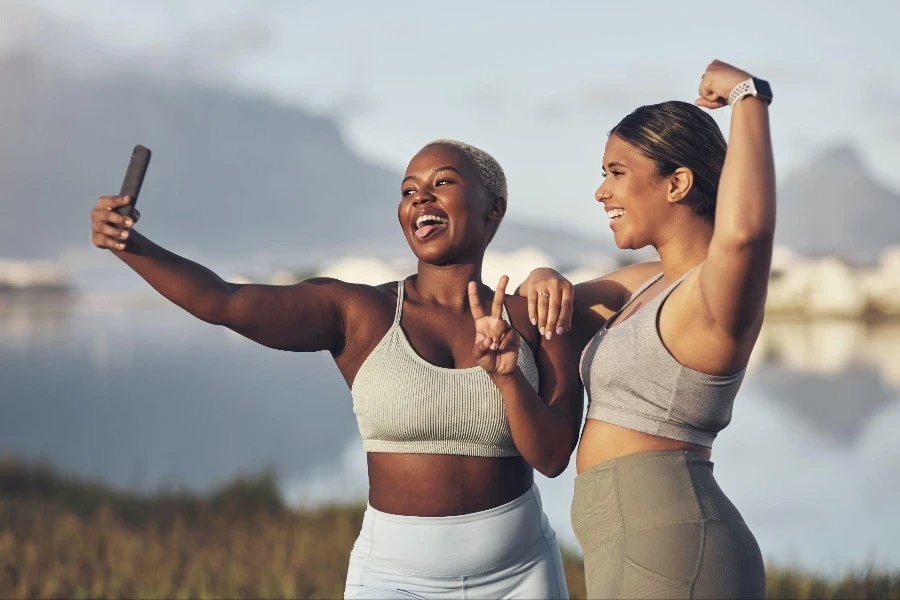
Sports bras come in a myriad of designs and styles, each offering unique benefits. From racerback to encapsulation, compression to padded, the options can seem overwhelming. However, understanding the advantages of each style can simplify the decision-making process.
Racerback bras are known for providing excellent support and freedom of movement, making them a popular choice for high-impact activities. Encapsulation bras, with individual cups for each breast, offer a more natural shape and are ideal for those seeking both support and aesthetics.
Moreover, the choice between compression and encapsulation or a combination of both depends on personal preference and the type of activity. Compression bras minimize movement by pressing the breasts against the chest, suitable for high-impact workouts. Encapsulation bras, on the other hand, are often preferred for lower-impact activities and those looking for more defined shaping.
Caring for your sports bra
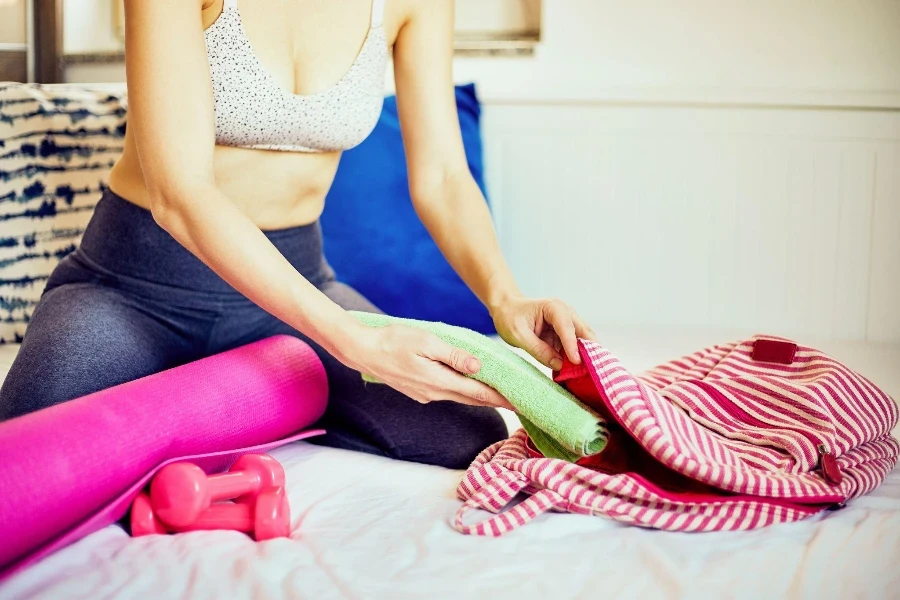
Proper care can extend the life of your sports bra, ensuring it continues to provide the necessary support and comfort. Always follow the care instructions on the label, which typically recommend washing in cold water and air drying to preserve the fabric’s elasticity and technical properties.
Avoid using fabric softeners, as they can coat the fibers and reduce the material’s moisture-wicking capabilities. Similarly, high heat from dryers can break down the elasticity, so air drying is the best method. Regularly rotating between several sports bras can also prevent overuse and allow each bra to maintain its shape and support longer.
Conclusion:
Choosing the right sports bra involves considering various factors, from support and material to fit, design, and care. By understanding these key aspects, you can find a sports bra that not only fits your body and workout needs but also enhances your overall exercise experience. Remember, a good sports bra is an investment in your comfort, health, and well-being, making it a crucial part of your workout wardrobe.
